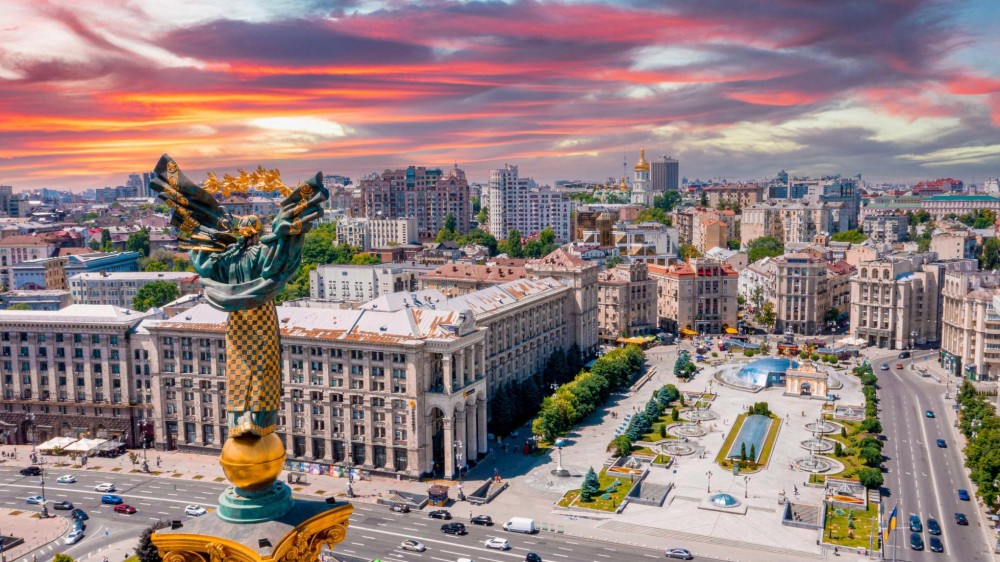
Urban public space has two main functions — it's a place for political expression and for interactions between different categories of people. Thus, it becomes critically important in the process of building democracy, which is the reason for close attention to its functioning. During the most acute form of a political crisis — war — some practices are inevitably actualised, while others fade. Identifying and analysing such changes can be key to understanding space semantics and the coexistence of meanings generated by new contexts. Since urban public space is a mirror of the sociopolitical processes taking place in the country (especially when it comes to central squares of large cities), such an understanding can be helpful in tracking the country's broader sociopolitical course. The ethnographic research, on which this article is based, focuses on the cases of two central Kyiv squares, Mykhailivska and Maidan Nezalezhnosti. It aims to provide an exploration into the outlined research field, as well as to open, on the one hand, a broader discussion on the impact of the war on urban public space in Ukraine, and, on the other hand, on the role of space as a narrator, co-creator and translator of meanings.
Source: Vakhniak L. (2025). Practices of Using Urban Public Space During the Russian War in Ukraine (Cases of Mykhailivska Square and Maidan Nezalezhnosti). City: History, Culture, Society. 1 (17): 120–137
Source web-site: http://mics.org.ua/journal/index.php/mics/article/view/256/253
Number of views: 459